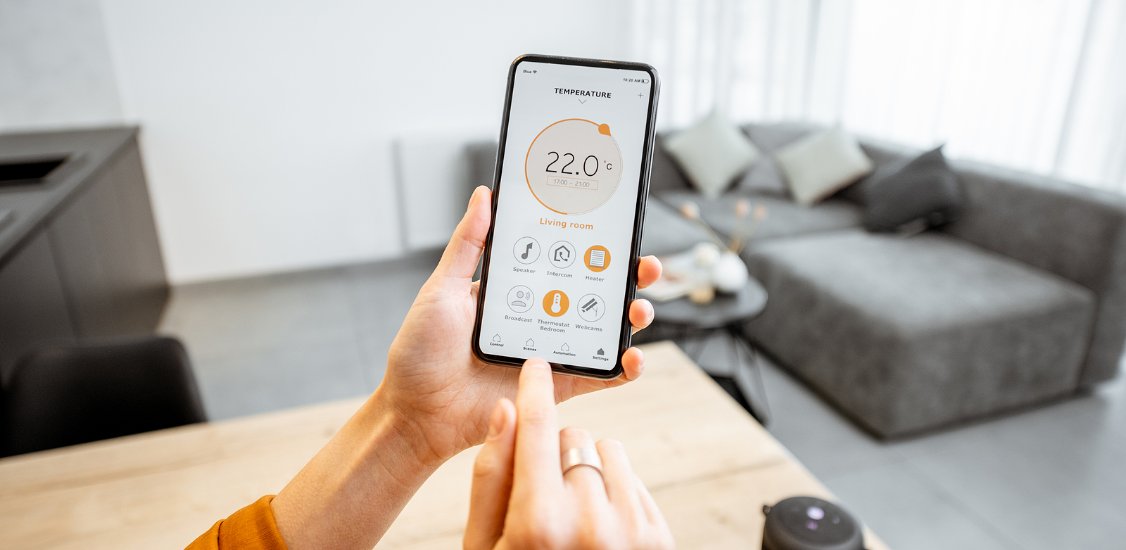Who owns your connected devices? Of course, most would say that the device buyer is the device owner. However, this question is in the headlines for all the wrong reasons following a recent misunderstanding between a customer and Amazon.
In a blog post, the customer described being wrongfully accused of a racist altercation with an Amazon delivery driver. Within hours, Amazon severed access to their Echo device and thereby the connections that powered their smart home.
This story goes beyond a mere technological mishap. Rather, it highlights how customers are not always in control of their devices even if they “own” them. Let’s dig into the dangers of centralized tech ecosystems in the Internet of Things (IoT) and consider what customers can do to wrest back control.
The dangers of a centralized tech ecosystem
This incident highlights the sweeping powers of tech ecosystems today. This is especially important considering the rapid growth of connected devices within the smart home. The average home counts more than 20 connected devices in the United States – roughly double the amount in 2019. Therefore, the potential for corporations to switch connections on and off at will is a concerning possibility.
In this case, Amazon indeed demonstrated that it can terminate its connections and services without customer approval. The user’s account was locked and Echo devices logged out. The corporation’s error was quickly noted and rectified after an internal review, but it nonetheless shows what centralized ecosystems can achieve. Amazon created the device, provided its cloud connection and made an executive decision on functionality after the customer was deemed to have “stepped out of line.”
This raises serious questions on two fronts. First, ownership. Most customers would understandably assume that buying a device means that they are the owner. But this case demonstrates that corporations can still exert power over the products they create and the connections they own. This leads us to the second point: control. Ultimately, customers today with centralized devices and connections are ceding final decision-making to these corporations. This isn’t a problem for most of us, most of the time – but the point is it can be.
So, what can we do about it?
The good news is there are some steps for customers to take the power back. Before the smart home revolution takes full effect, look to store and process data at the edge. Unlike cloud storage and processing, which further centralizes information in favor of corporations, the edge brings everything closer to home. This architecture enables client data processing to occur at the network's periphery near the data source, providing a multitude of benefits.
The first is cost efficiency. Just as with any form of storage, the cloud incurs expenses. Customers can therefore mitigate these costs by making a shift toward edge computing and taking back ownership of their information. Another advantage is the reduced latency. Data closer to the source translates to fewer transmission delays, ensuring smoother operations and faster access.
Interestingly, the customer in question did adopt this edge strategy, which shielded them from major problems following Amazon's decision. By hosting various services locally and depending on nearby devices, the user experienced minimal disruptions, except for losing the ability to utilize Echo devices via Alexa. Although this does not diminish the corporation’s overreaction, it does highlight how straightforward customizations can empower individuals to regain a certain level of device control.
Don’t forget to tailor the connection
Another effective method to maintain device control revolves around the connection itself. By customizing the connection type, customers can bypass the cloud intermediary and directly communicate with their devices.
Consider peer-to-peer (P2P) connections, for example, which facilitate rapid, secure and uncomplicated communication between end-user clients and devices. These are the same type of connections that systems like Skype, TeamViewer, Zoom and others use to create direct connections between people in a call. An advantage of this approach is that IoT platforms using P2P connections encounter no issues with firewalls or dynamic IP addresses, enabling seamless remote device control from any location.
This solution holds significant importance given the uncertainties surrounding how corporations handle device data. Many suspect that tech giants utilize such information to resell or promote their services. Thus, a private connection encourages private data. In addition to enabling real-time and secure commands, P2P connections also ensure that your data won't be utilized for marketing purposes or sold to third parties.
A smarter home and smarter tomorrow
This article is a cautionary reminder of the power devices wield and the importance of preserving their independence. To safeguard one's ownership and maintain control, there’s great value in customizing specific aspects such as storage and connection. By doing so, customers can bolster security, cut costs and assert authority over their devices.
Now is the moment for consumers to shift their focus towards prioritizing ownership and control over the technology they depend on. When individuals invest in a device, they should rightfully claim ownership of it. Further, the ability to govern its functionalities should also rest firmly in their hands.
In the realm of smart devices, users need to recognize the value of maintaining autonomy and privacy. This is possible by taking charge of their data storage, connection methods and overall device control. It's time to embrace a future where users truly own and oversee the devices that enrich their lives.






















